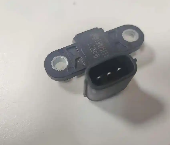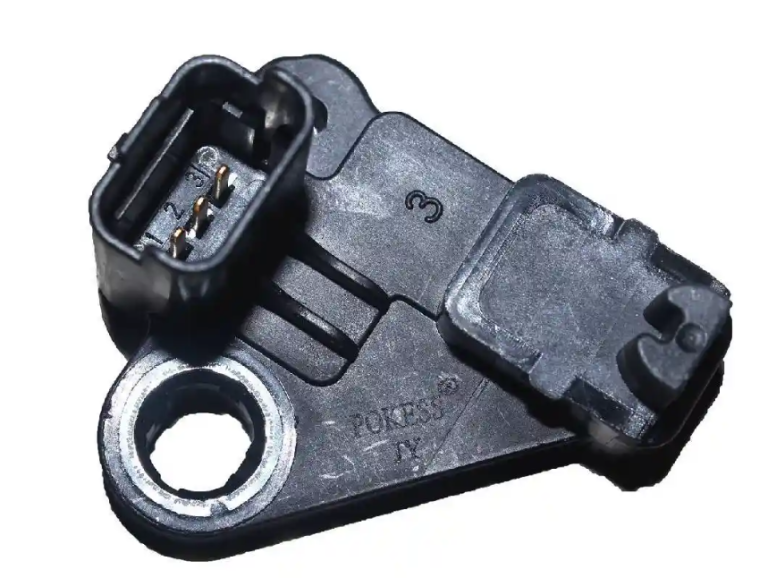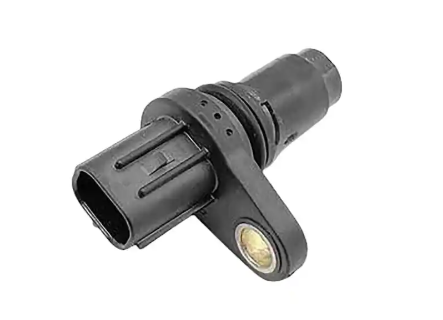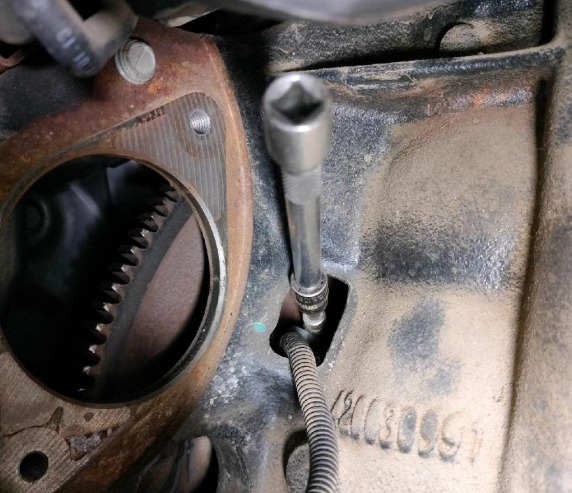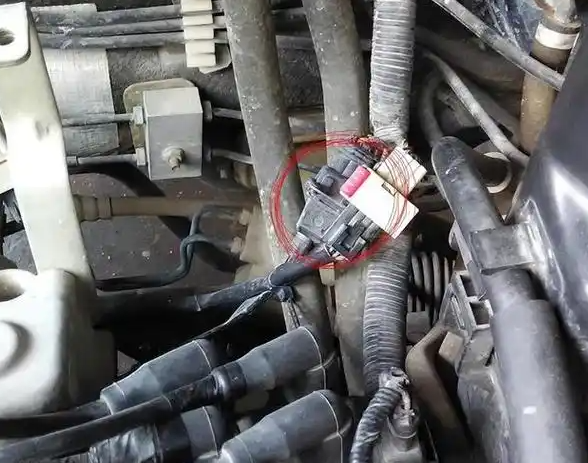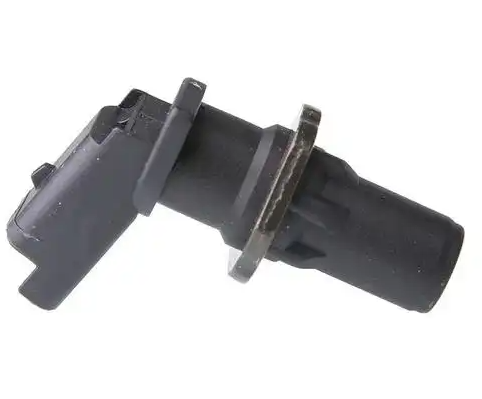E30 Crank Position Sensor
Where is the crank sensor on a BMW E30?
BMW E30 crank position sensor location: The crankshaft position sensor on a BMW E30 is located near the transmission bell housing on the passenger side of the engine. This will require lifting the front of the vehicle and possibly removing some parts to get better access to it.
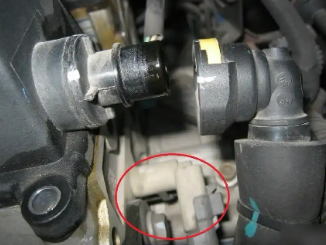
What is the resistance of the crank sensor on a BMW E30?
The resistance of the crankshaft position sensor on a BMW E30 should be 540 ohms ± 10%. You can measure this using a multimeter by disconnecting the sensor from the engine loom and checking the resistance between the two pins.
How much does it cost to replace a crankshaft position sensor on a BMW?
The cost to replace a BMW E30 crank position sensor can vary depending on the model, year, and location. On average, you can expect to pay between $150 and $400 for the replacement. This includes both parts and labor costs.
E30 crank position sensor replacement
Replacing the BMW E30 bad crank position sensor involves several steps. Here’s a general guide to help you through the process:
Tools and Parts Needed:
- 5mm Allen wrench
- Channel locks
- 6mm socket and ratchet
- 10mm socket and ratchet
- New crank position sensor
- Basic hand tools (screwdrivers, pliers, etc.)
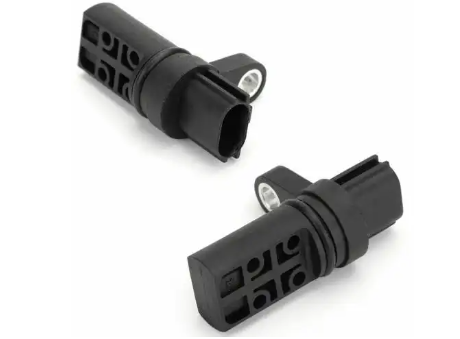
Steps:
- Locate the Sensor: The crank position sensor is typically located near the transmission bell housing on the passenger side of the engine.
- Disconnect the Battery: For safety, disconnect the negative terminal of the battery.
- Remove Components: Depending on your model, you may need to remove the radiator fan, intake manifold, or other components to access the sensor.
- Unplug the Sensor: Locate the plug for the crank position sensor and disconnect it.
- Remove the Sensor: Use the 5mm Allen wrench to remove the bolt that attaches the sensor to the engine case. Carefully pull the sensor out of its bracket.
- Install the New Sensor: Position the new sensor in place and secure it with the bolt.
- Reconnect the Plug: Plug the new sensor back into the engine loom.
- Reassemble Components: Reinstall any components you removed earlier, such as the intake manifold or radiator fan.
- Reconnect the Battery: Reconnect the negative terminal of the battery.
Testing:
After installation, it’s a good idea to test the new sensor to ensure it’s working properly. You can use an OBD-II scanner to check for any error codes, or perform an ohms test to verify the sensor’s resistance.
